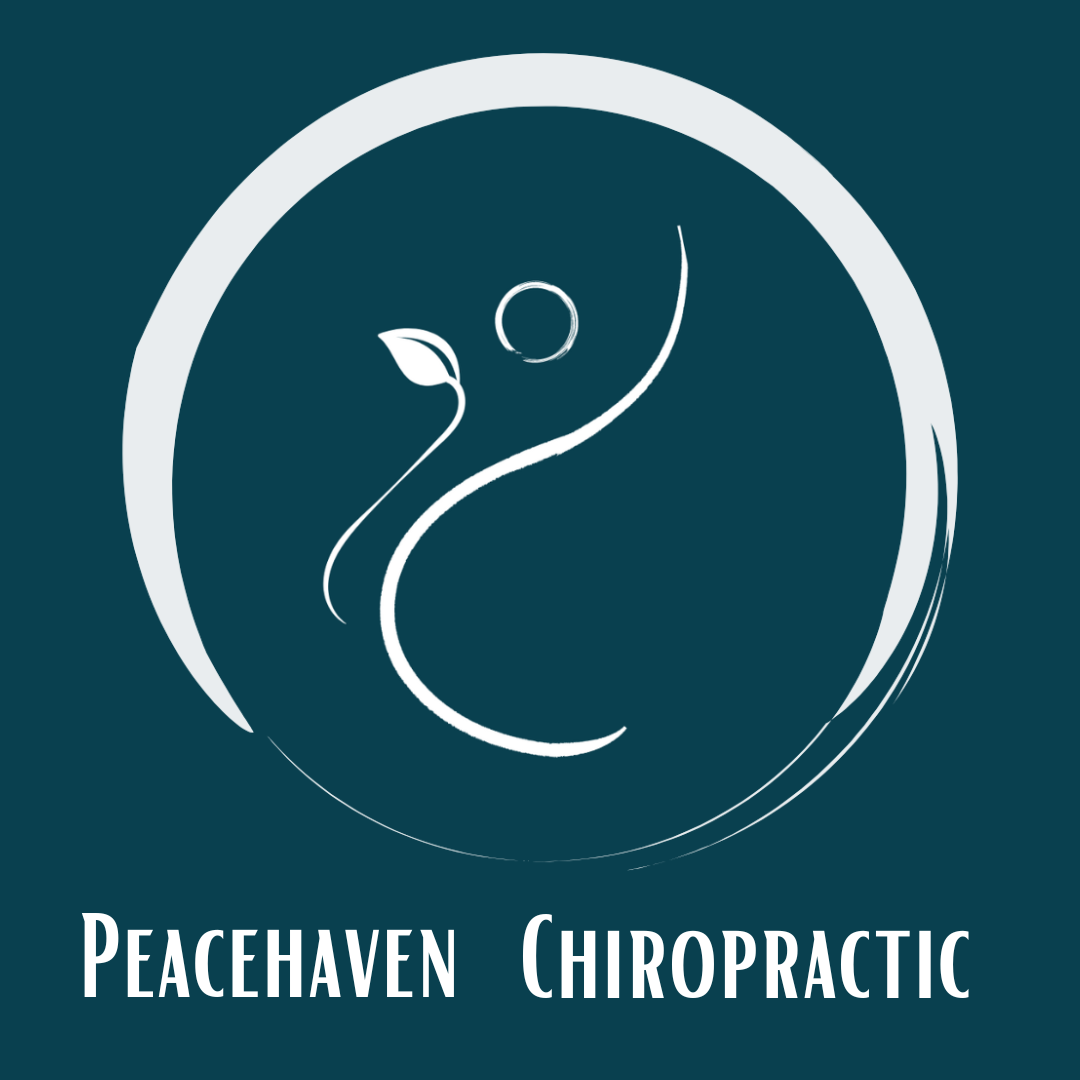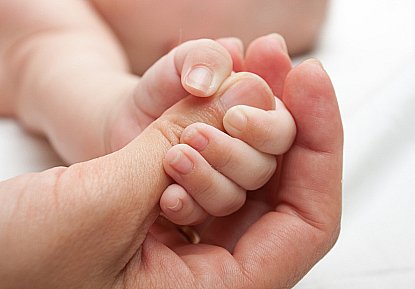We are all born with an innate set of movements and reflex patterns (primitive reflexes). These are paramount to survival and many of them are already active before we are born. In-fact some of them are essential to for the birth process. Both mother and baby work together throughout labour to help it process.
Our primitive reflexes are fundamental to our neurological development, thus all our learned movements and skills. From rolling to crawling and then walking. Reading, speech and social interaction.
The primitive reflexes change and integrate as we mature and transition through our early years to childhood and into adulthood. These reflexes are crucial for our survival and safety.
The Moro and paralysis reflexes (startle response) in babies alerts their carer to the possibility of falling and danger. It enables baby to grab hold of their carer and then go into the foetal position to protect their centres.
[embedyt] https://www.youtube.com/watch?v=4YsYJwQndkw[/embedyt]
The Moro and Paralysis Reflexes:
As we develop the moro and paralysis reflexes change and become a lifelong reflex, known as the startle reflex.
In many the paralysis reflex can remain overactive. Ever known someone to jump just because you walked into the room? You are not really a danger, unless you come in wielding a sword! Therefore, their response is over the top and not appropriate for the situation.
Now if you were wielding a sword then the startle response should activate, increasing their cortisol and adrenaline levels so action can be taken. Whether that be to run away or to disarm you.
Those with an overactive moro +/or paralysis reflex have a hypersensitive response to noise, visual stimulus (jumping when they see something in their peripheral vision) and touch.
This reflex usually integrated into the whole body movement by the 3rd year of life.
When it remains un-integrated you may see someone who nervously blinks, often has fears and phobias, can have insomnia, be aggressive, have inappropriate laughter, timidity, lack of trust, weakened immune system (adrenal glands – stress response overworked) motion sickness, poor balance and fear of taking risks.
The Bonding Reflex:
The integration of this reflex is initiated in the first hour of life by mothers. With Mother’s Day approaching we thought it appropriate to let mummies know just how important their touch is. Never underestimate the power of your hug!
During that first hour it is so important that babies and mothers get skin to skin contact. Sometimes this cannot be possible because of interventions that had to happen for labour. In this instance the father (or other close relative) can step in and then pass baby to their mothers as soon as possible.
The bonding reflex is found in the new-born baby, infant, child and in adults. When this reflex integrates well is gives the feeling of comfort, safety and harmony. Often reflexes such as the paralysis do not integrate fully when this one has not.
This reflex triggers attachment to mother, father and the family unit. It helps to open the senses, aids authentic communication, acceptance of self and others, builds trust, confidence and inner peace. It can be stimulated at any age by hugs, love and praise. When someone just tells you how loved you are and hugs you it helps to strengthen the integration.

When the bonding reflex has not integrated well then it can lead to individuals who self-reject, are emotionally fragile, isolate themselves, have a protective barrier and can end up in co-dependent relationships.
Other reflexes:
There are many more reflexes that help us develop. These two are important for feeling secure, accepted and loved.
Most individuals can adapt if a reflex has not fully integrated and they find coping mechanisms around this. However things are easier if they have integrated well.
Many children who are diagnosed with autism, ADHD, dyslexia etc, will have several reflexes that have not integrated. This means certain tasks are harder for them. We will look at other reflexes at a later date, watch this space!
The brain develops from the lower brainstem (includes hippocampus) to upper brainstem (includes the amygdala) – unconscious control. Then up to the cerebral cortex – conscious control and decision making. When a reflex has not integrated, development in the higher centres of the brain is harder.
Reasons a reflex does not integrate include trauma. As we discussed the reflexes have protective role and if needed our brain takes us to a place of safety, which means reflexes can un-integrate and/or not integrate at all.

Author Rachel Hodson CACCP, D.C., MChiro, BSc (Hons)
Clinic Director and Chiropractor
Rachel has trained in the MNRI (Masgutova Neurological Reflex integration) technique as well as completing her Certfication (CACCP) with the International Chiropractic Peaditraic Association (ICPA)
She works with many families to help them achieve optimal health and well-being. If you have any questions, please ask. Clinic number 01273 584812 or email

